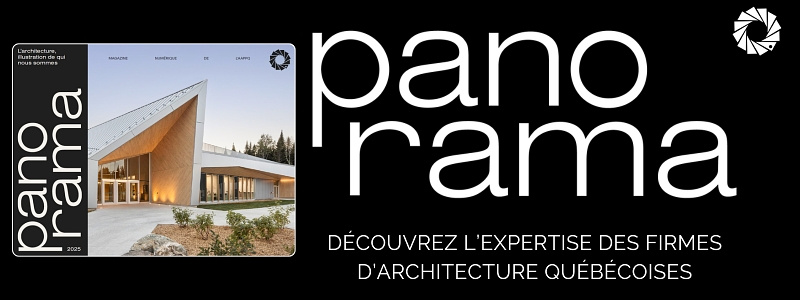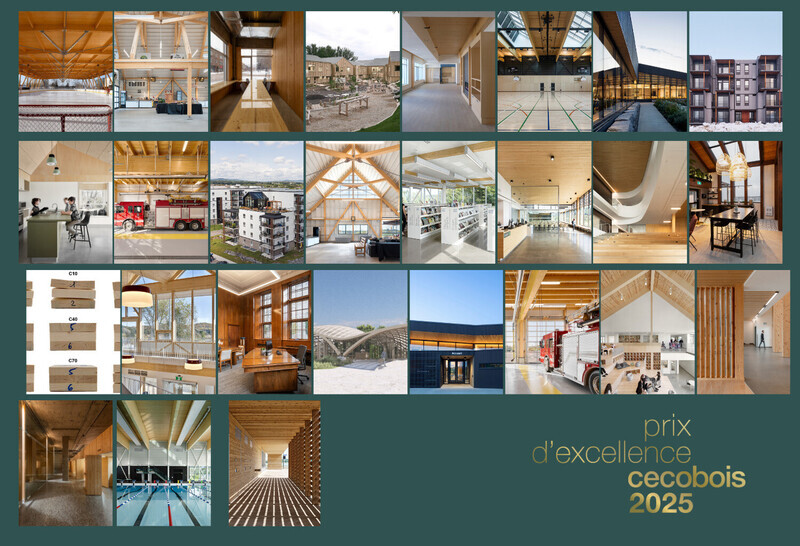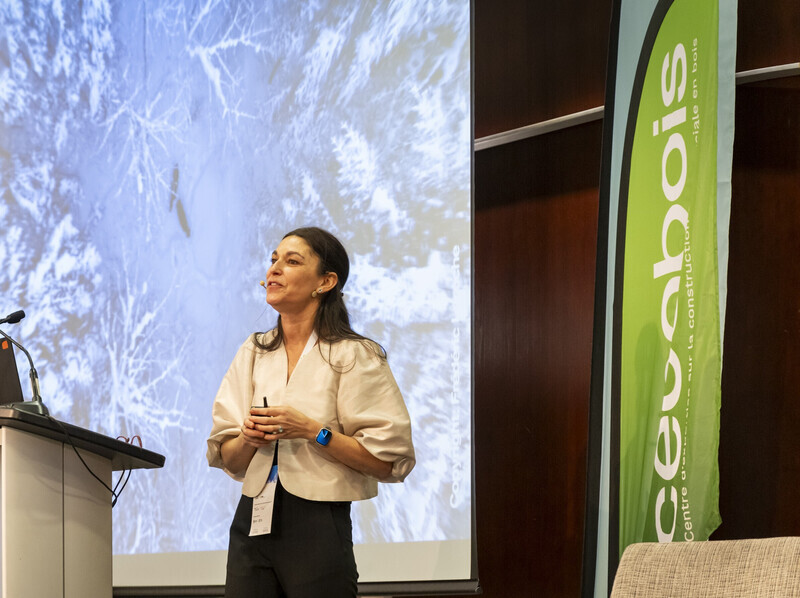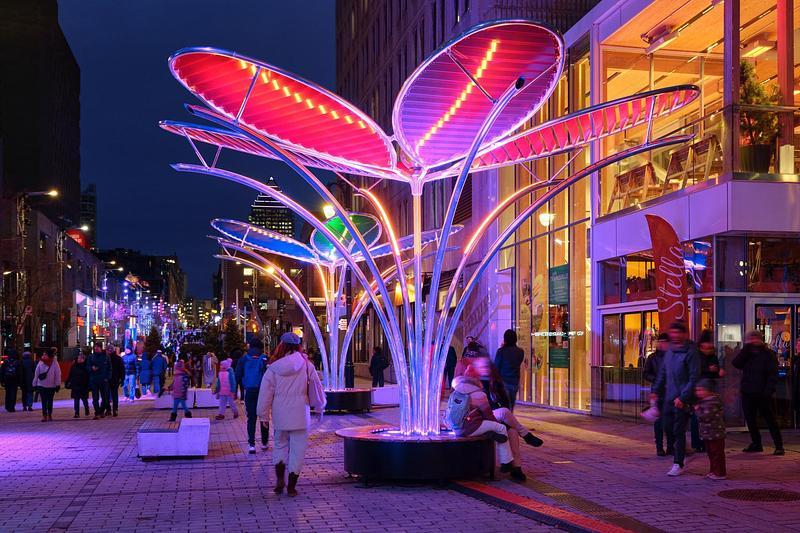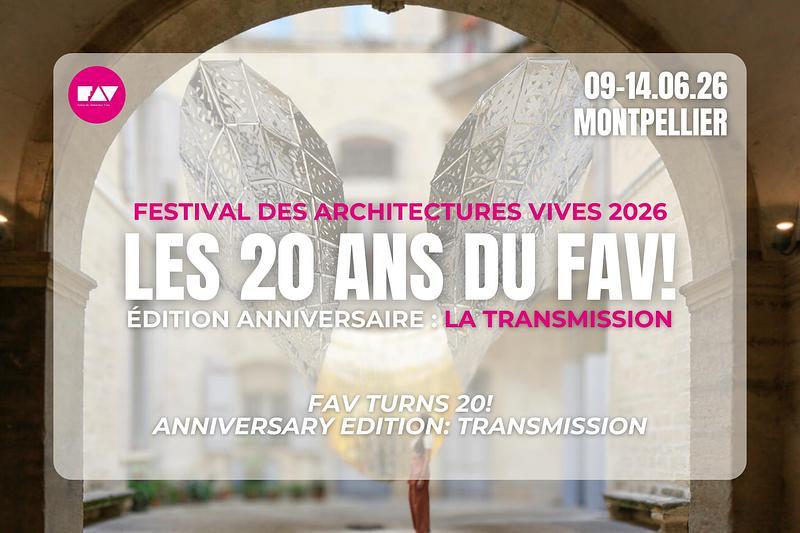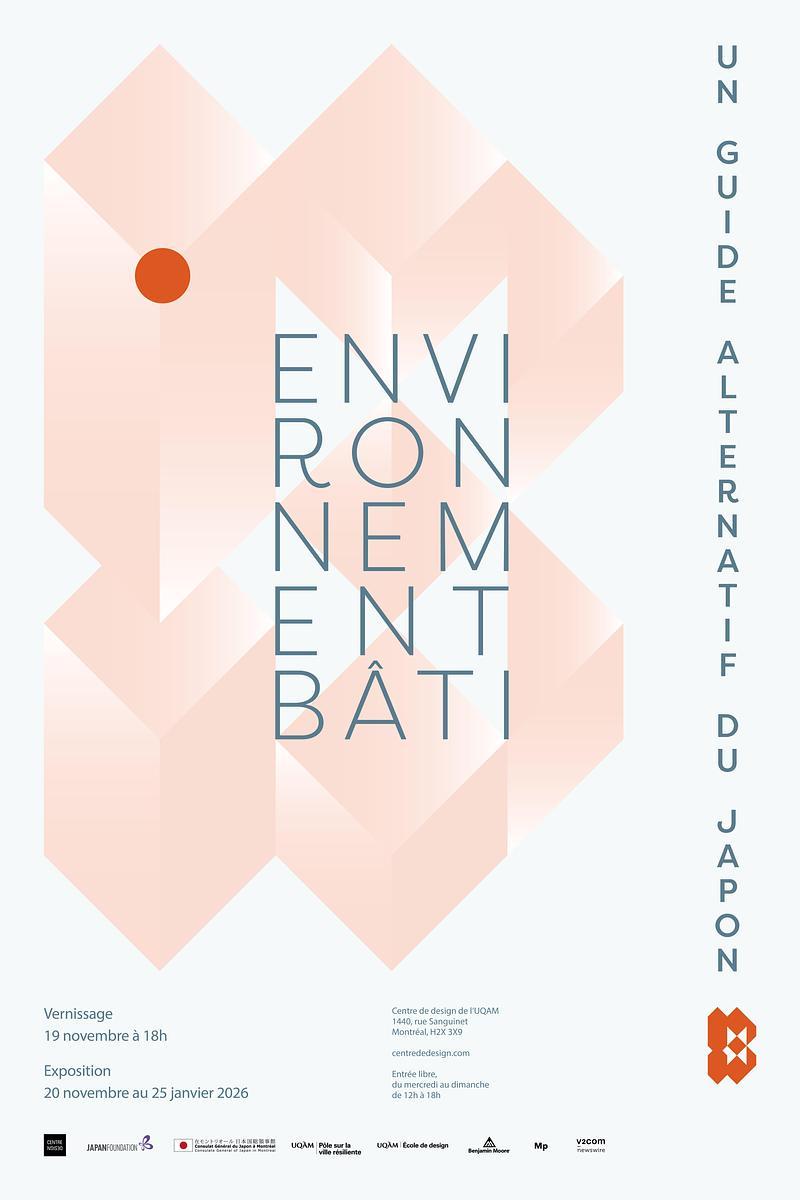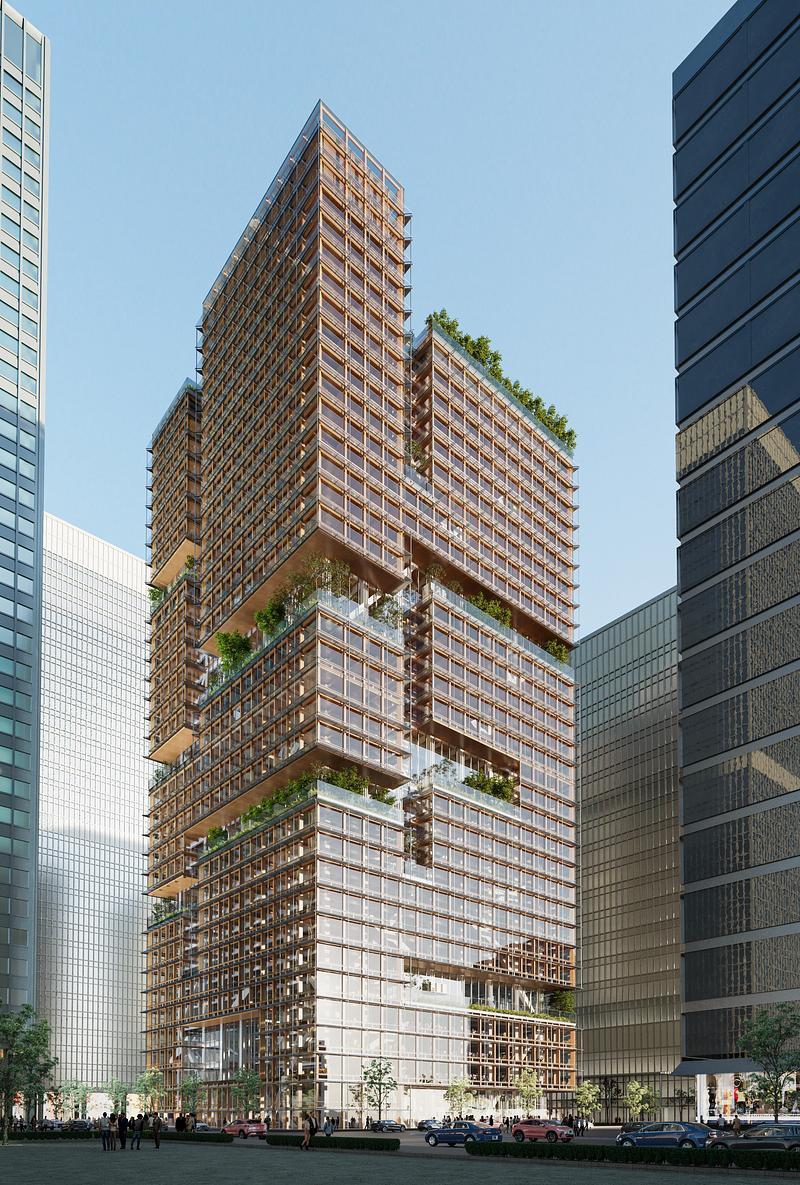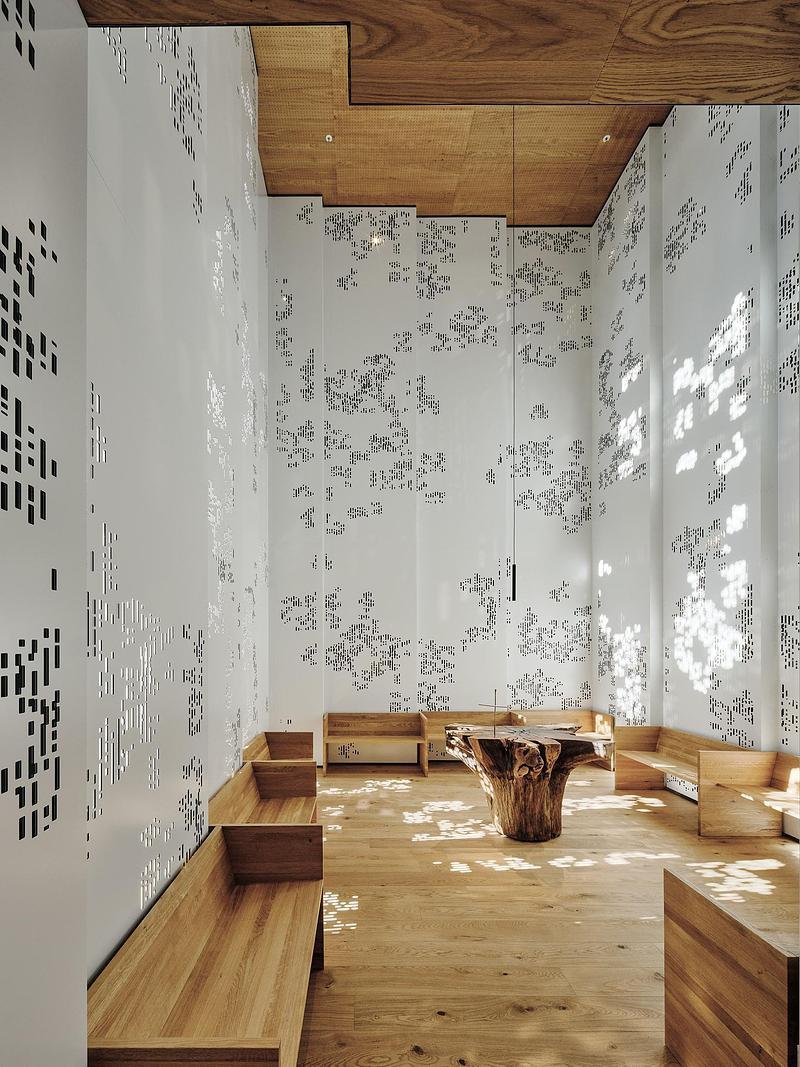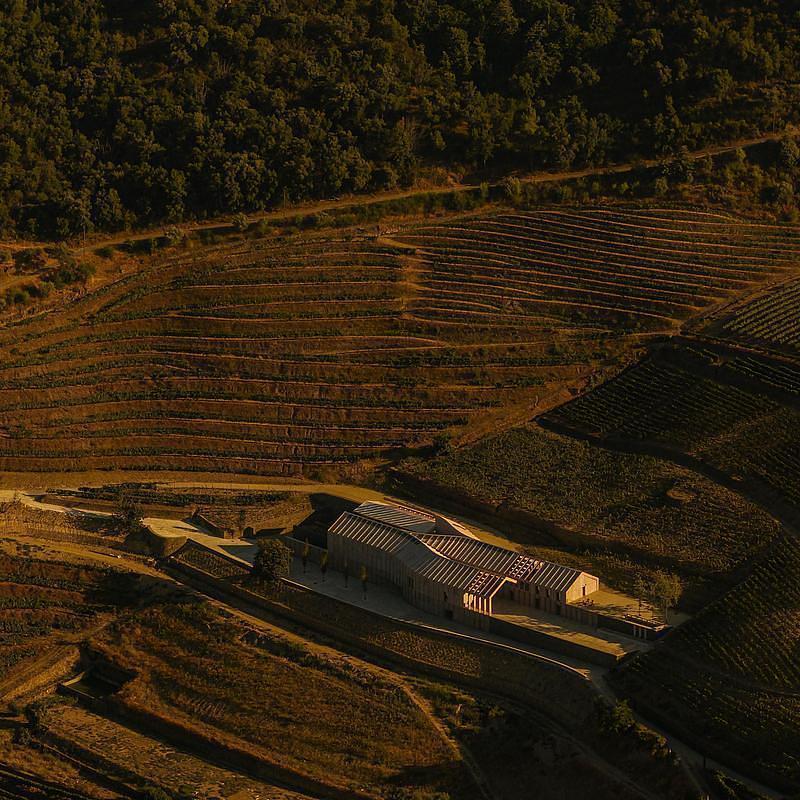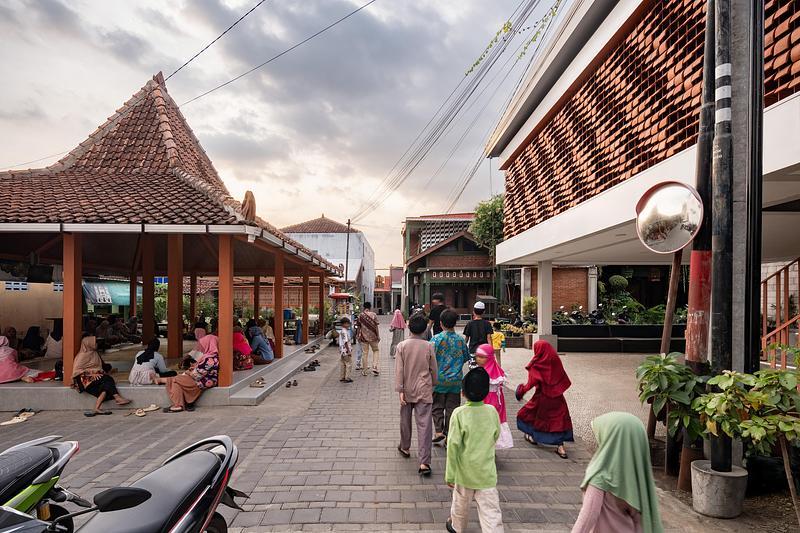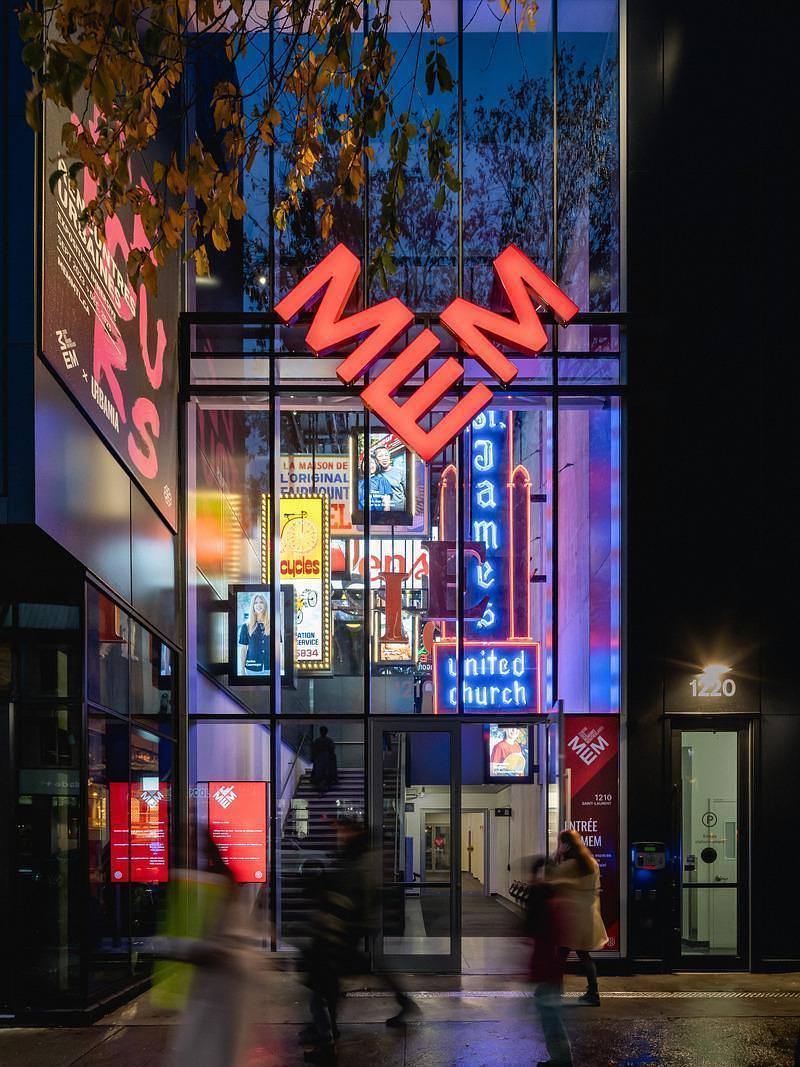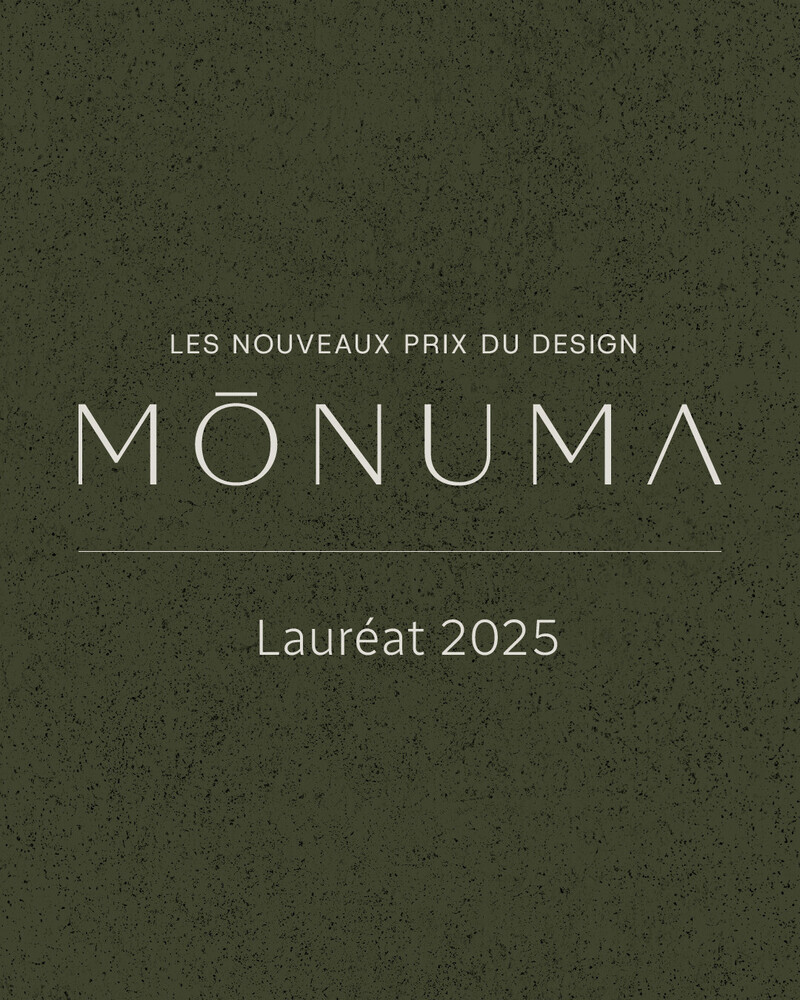
Press Kit | no. 7514-01
Towards More Consideration of Embodied Carbon in Buildings
Cecobois
The first edition of the Forum sur la construction bas carbone et biosourcée (CBCB)
The first edition of the Forum sur la construction bas carbone et biosourcée (CBCB), organized by the Centre d’expertise sur la construction commerciale en bois (Cecobois), took place in February at the Québec City Convention Centre. Held as a parallel event to the 10th edition of the Cecobois Conferences, it was the first-ever large-scale event focused on the reduction of embodied carbon in buildings, and it clearly highlighted the rapid development and extended use of non-residential multi-storey wood buildings in recent years. The event's many participants heard about the European approach to low-carbon construction, and were able to benefit from the expertise of Canadian professionals working on these types of issues, including regulatory initiatives like the City of Toronto’s Green Standard and the Vancouver Building By-Law, both of which impose limits on embodied carbon in buildings.
When considering the environmental performance of buildings, embodied carbon, including the GHG emitted into the atmosphere when manufacturing the construction materials, can no longer be ignored.
“Given the improvements to the energy efficiency of buildings, and given the context in Quebec, where hydro-electricity – clean energy – is predominant as an energy source, embodied carbon can account for up to 75% of a building’s carbon footprint over its life cycle,” said Louis Poliquin, Director of Cecobois.
Reducing the carbon footprint of buildings: real solutions
Quebec’s Minister of Natural Resources and Forests, Maïté Blanchette Vézina, was also present at the opening conference of the 10th edition of the Cecobois Conferences. Innovation and training are some of the solutions put forward in the Politique d'intégration du bois, to reduce GHG emissions by the construction sector, among other things.
The Minister took advantage of the opportunity to present the various forms of financial assistance available to support the implementation of new, continuous training aimed at addressing the changing needs of stakeholders in the non-residential and multi-family wood construction chain, and to promote the environmental benefits of using wood through long-term storage of carbon in wood products used to construct buildings.
“The growing percentage of non-residential public and private wood-framed buildings of four storeys or less built in Quebec provides ample proof of this. It more than doubled between 2006 and 2022, from 15% to 36%,” said Louis Poliquin, Director of Cecobois. “We need to continue our training and awareness efforts to ensure that the percentage further increases in the future.”
The Quebec Government, in its Plan pour économie verte 2030 (PVE), hopes to transform construction and renovation practices by promoting the use of energy efficient, low carbon footprint construction materials. Numerous preliminary analyses have highlighted the growing interest shown by professionals in reducing GHG emissions in the building sector across Quebec.
Creation of a database to document the average carbon footprint of buildings
In Quebec, Cecobois will play a leadership role by implementing an initiative to document the average carbon footprint of buildings. The main aim of the initiative will be to build an LCA database, produce a literature review, and develop a roadmap in collaboration with partner members from the Cecobois Network.
Another edition of the Forum CBCB in 2025
Following on from the success of its first edition, the Forum sur la construction bas carbone et biosourcée (CBCB) will be back in 2025 with a program designed to democratize the concept of embodied carbon, disseminate green building expertise and best practices, and encourage networking between suppliers and construction professionals.
About Cecobois
The mission of the Centre d’expertise sur la construction commerciale en bois (Cecobois) is to support and facilitate greater use of wood in multi-family and non-residential construction in Quebec by providing technical support services and continuous training for building professionals and by circulating wood design expertise.
For more information
Media contact
- Cecobois
-
Laurence Drouin, Senior Manager – Strategic Communication and Partnerships
- laurence.drouin@cecobois.com
- 418-657-7916
Attachments
Terms and conditions
For immediate release
All photos must be published with proper credit. Please reference v2com as the source whenever possible. We always appreciate receiving PDF copies of your articles.
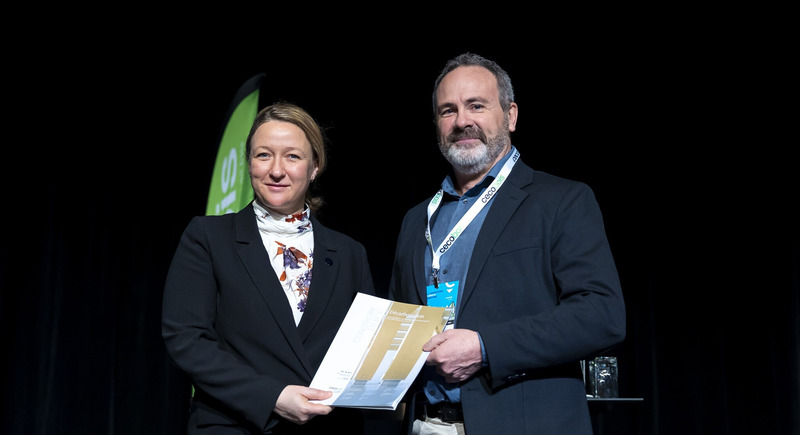
Cecobois Director Louis Poliquin officially presents the magazine Décarbonation, considérer le carbone intrinsèque des bâtiments to Québec’s Minister of Natural Resources and Forests, Maïté Blanchette Vézina
Medium-resolution image : 6.83 x 3.71 @ 300dpi ~ 200 KB
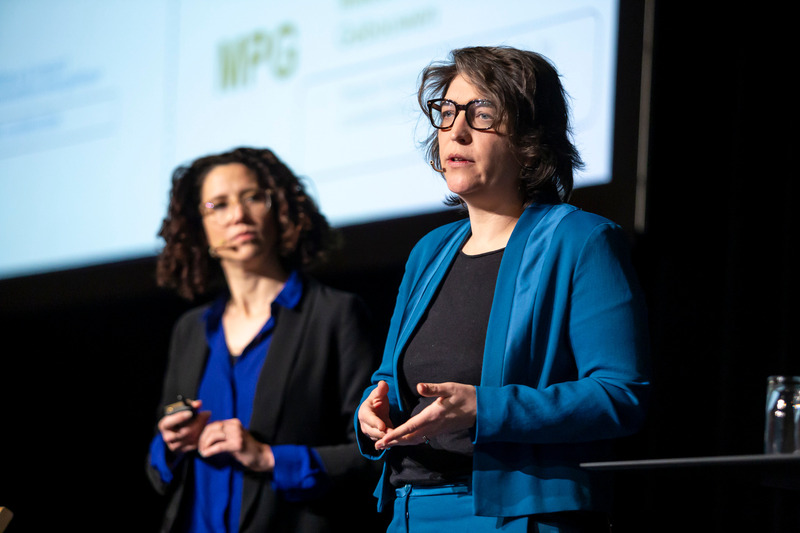
Presentation of the 2024 Paris Olypmic Aquatic Centre with Cecilia Gross, associate architect and manager at VenhoevenCS, and Laure Meriaud, associate architect at ATELIERS 2/3/4
Medium-resolution image : 6.83 x 4.55 @ 300dpi ~ 1.4 MB
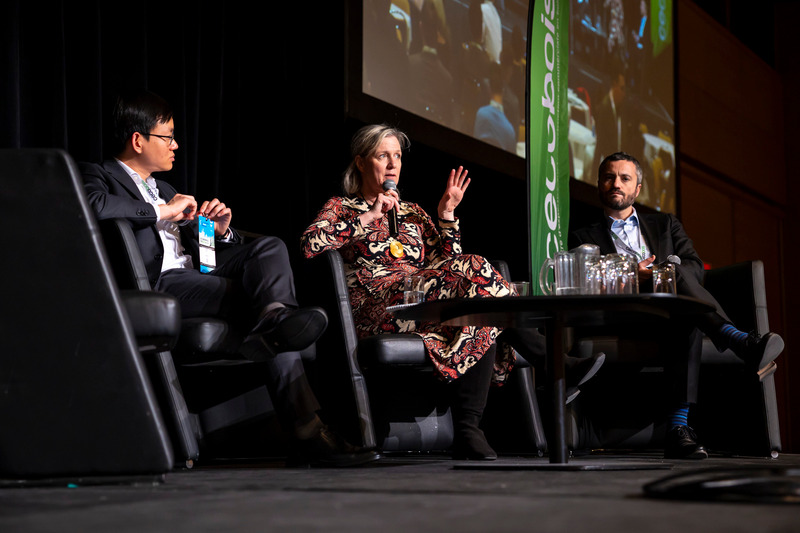
Presentation of the European approach to low-carbon issues with Marika Frenette from Wigwam ® in France and Studio Carbone in Québec, Xavier Le Den from Ramboll, and Bunthan IEA from France’s Ministry of Ecological Transition and Territorial Cohesion
Medium-resolution image : 6.83 x 4.55 @ 300dpi ~ 1.3 MB
